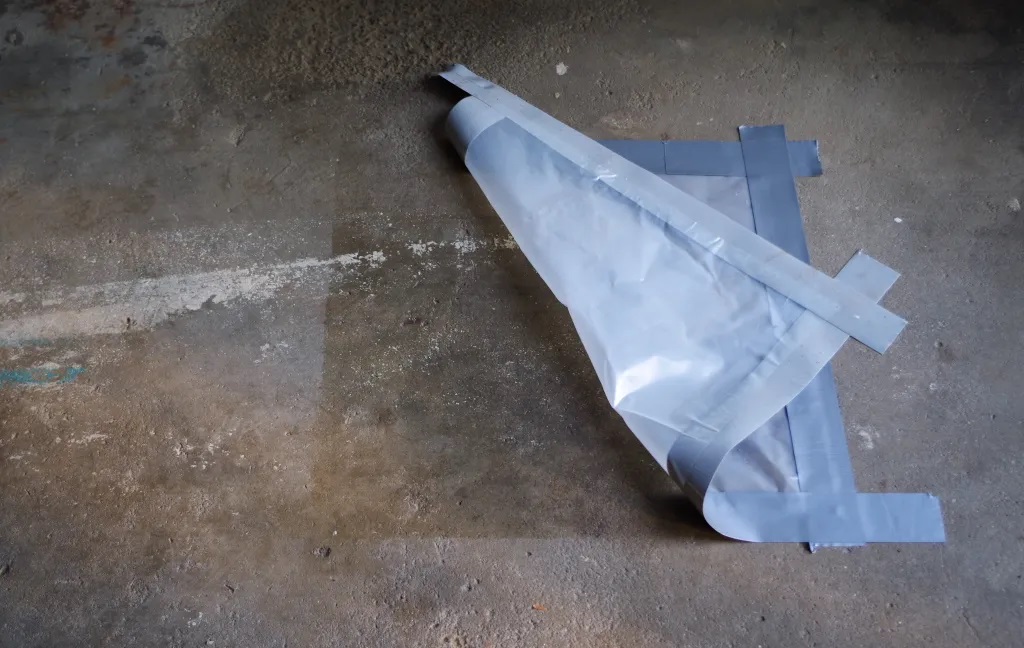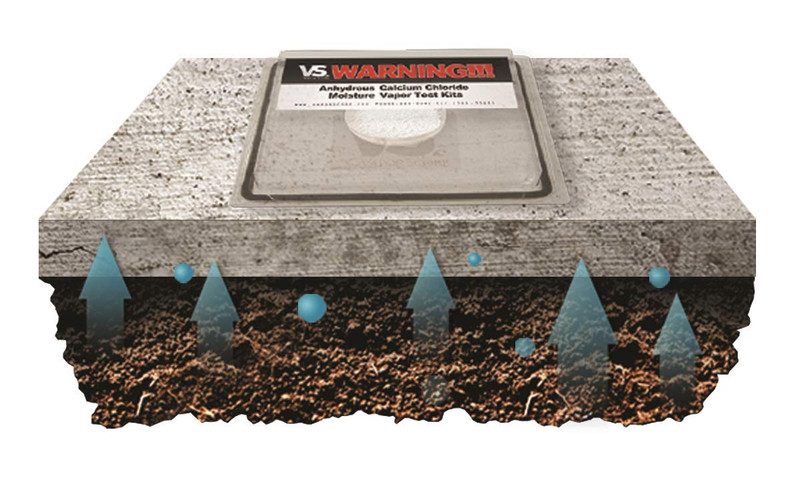For the majority of DIYers, wintertime means daydreaming about and making plans for spring projects. Winter is the ideal season to learn about MVT whether that involves DIY epoxy coating of any interior concrete floor area or, for that matter, any other permanent floor covering.
Moisture Vapor Transmission (MVT) is the term for the transfer of water vapor through any porous structure; in this case, we'll concentrate on concrete slabs, but it may also apply to concrete walls in particular circumstances, such as basements. The porous concrete will allow moisture from the earth to be pulled into and through it. The moisture present on the cooler, wetter earth facing side of the slab will be drawn to the warmer, drier environment within your garage, shop, or basement. Numerous variables, like the concrete's porosity and the difference in temperature and relative humidity between the internal chamber and the earth's surface, affect how quickly this transfer occurs. The appropriateness of different floor finishes will be determined in part by measuring the rate of MVT.
Fortunately, anhydrous calcium chloride test kits are easily accessible and are used to test for MVT, along with the very simple "Plastic Sheet Tape Down Test."

But remember that MVT adjusts to changes in the environment. Dry summer months may see a decline in MVT rates, but the cold, wet winter months may see an increase. Given that your floor finish must perform all year long, not just in the dry summer months when MVT rates should theoretically be at their lowest, these test methods should be viewed as a "snapshot in time," and testing for MVT would be best done when MVT is at its peak seasonal rate, which for North America is winter.
So there you have it; if you're thinking of covering concrete this spring, you need start planning right now.
The first things to note are, are you aware of existing moisture issues? Is there evidence of prior moisture intrusion such as efflorescence, which presents as a white powdery dust, or darkened damp areas? If there is no obvious signs of ongoing MVT the next step would be to perform the "Plastic Sheet Tape Down Test". If there are obvious signs of existing MVT issues then skip straight to the Anhydrous Calcium Chloride testing.
To perform the Plastic Sheet Tape Down Test simply take an 18" x 18" clear plastic sheet and seal it to the concrete with duct tape. Allow it to sit for 16-24hrs and then check to see if there is any moisture trapped under the plastic sheet. It may present as water droplets or, just a darkening of the underlying concrete. Again, this is not a perfect test. Climate conditions such as temperature / dew point can influence the results. If moisture is evident then understanding the quantity will help to determine possible next steps.
Anhydrous Calcium Chloride testing sounds complicated and expensive but it isn't. The test kits are readily available through most big box hardware stores or online. You will need a simple, inexpensive, gram scale along with the test kits. These kits are typically sold in packs of three for anywhere between $30.00-$50.00 and that's all you'll need for a typical residential garage project. Follow the simple instructions and in 72 hrs you'll have your results.
These two tests should only be relied on if there are no obvious, excessive moisture related conditions. If there is prior experience with standing water, excessive sweating, visible moisture stains, sump pumps installed etc. then it's time to refer to professional coatings applicators.
We at AlphaGarage specialize in DIY concrete coating applications and are ready and eager to walk you through the several epoxy systems that Wolverine Coatings has to offer, as well as provide you advice on the best methods for application and preparation. Do not hesitate to contact us with any questions that you may have!

